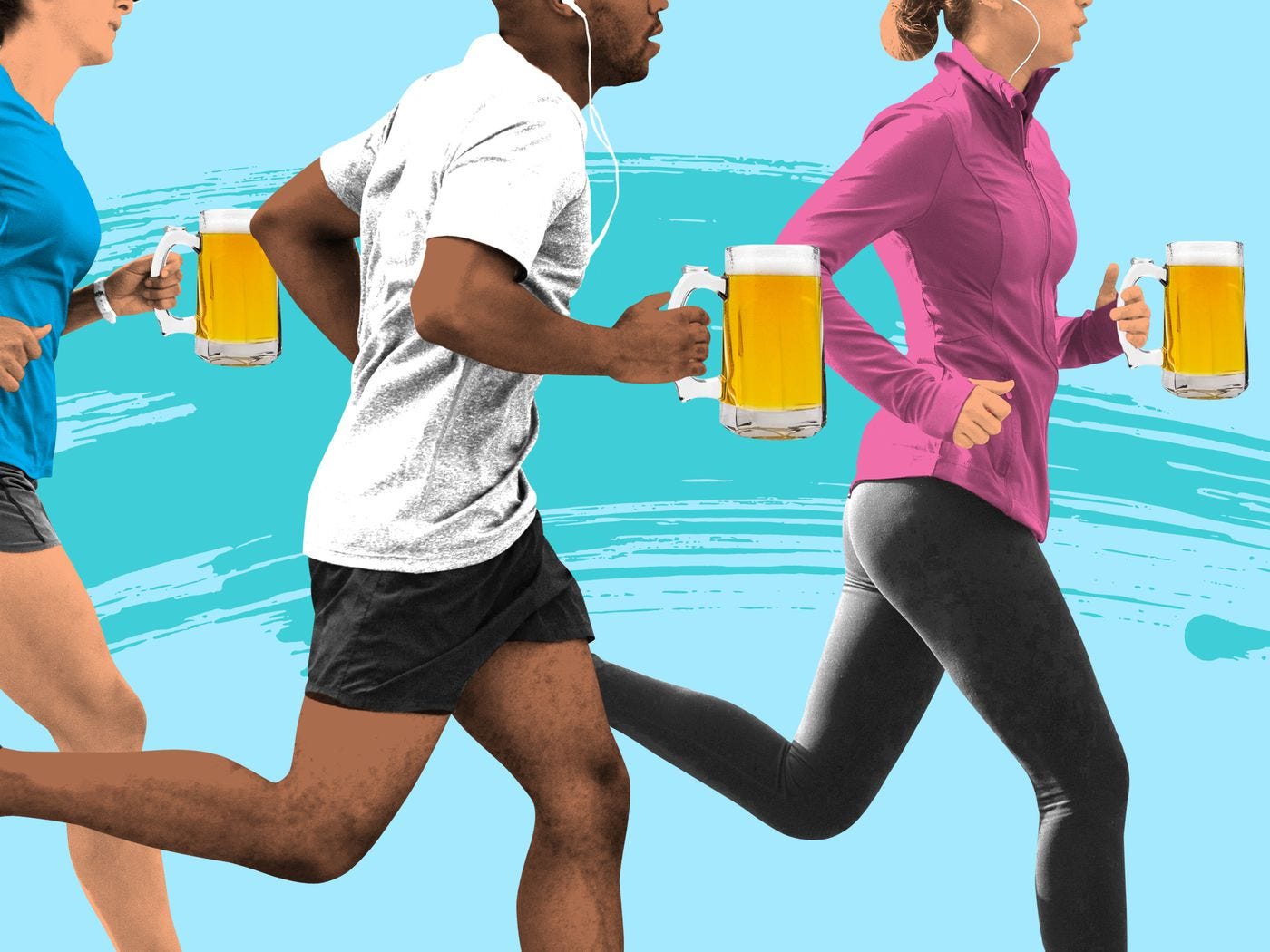Physiology Friday #91: Do Fitter People Drink More? + The Best Time of Day to Exercise -- According to Science
This week's newsletter covers studies investigating the relationship between fitness and alcohol consumption, plus data on how circadian rhythms affect our exercise performance.
Hello Friends,
Due to the upcoming holiday, I am releasing this week’s newsletter a few days early. I hope that you can find this content useful and enjoyable amidst the festivities and time with friends and family.
To all of my recent newsletter subscribers, welcome! Thank you for signing up. It is my sincere hope that you enjoy this small weekly public…
Keep reading with a 7-day free trial
Subscribe to Physiologically Speaking to keep reading this post and get 7 days of free access to the full post archives.



